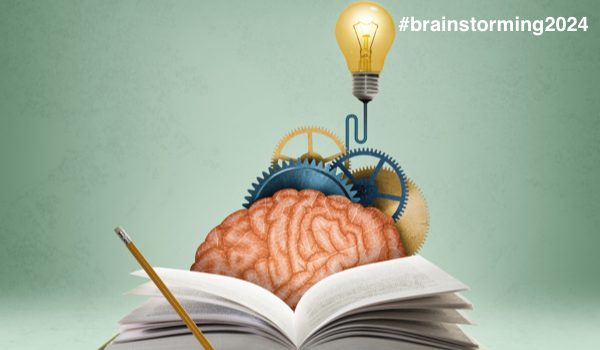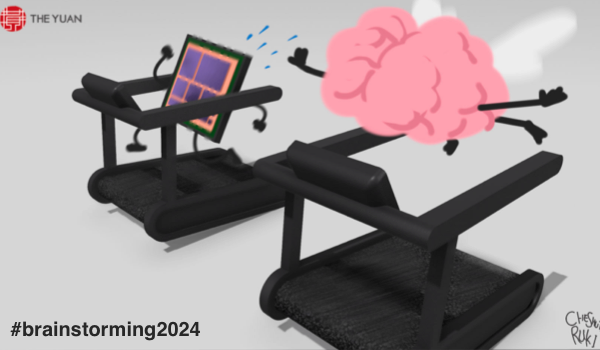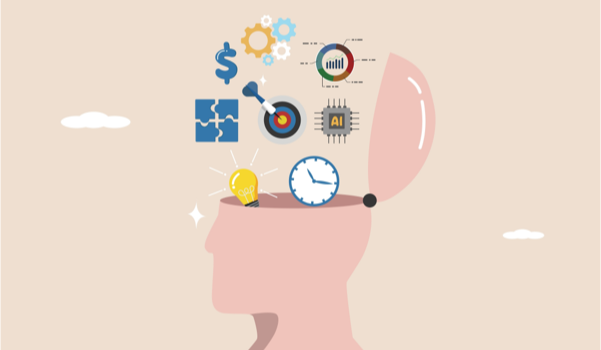


HEIDELBERG, GERMANY - As advances in artificial intelligence (AI) continue to surge, comparisons between human learning and that of machines become increasingly relevant. While to think that machines learn similarly to humans might be tempting, the reality is far more complex. By understanding the mechanisms of machine learning (ML) and comparing them with human cognition, one discovers profound differences.
Canadian Neuropsychologist Donald Hebb proposed in the late 1940s that "neurons that fire together, wire together,” illustrating how experiences strengthen connections within the brain and enable learning.1 This foundational understanding of human learning marks a significant contrast with the development of AI.
The perceptron - introduced by American psychologist Frank Rosenblatt in 1958 - marked a seminal advance, simulating a basic form of learning in machines by adjusting responses based on outcomes.2 His countryman Arthur Samuel, a pioneer in the field of computer gaming, worked on programming a computer to improve it at the game checkers in 1959. His work further exemplified ML's potential and popularized the term ‘machine learning.’3 Samuel noted that “a computer can be programmed so that it will learn to play a better game of checkers than can be played by the person who wrote the program.”
These early steps laid the groundwork for deep learning (DL), a subset of AI that processes information through layered neural networks and attempts to mimic the brain's complexity. Many currently believe merely increasing computing power or enlarging neural networks will somehow magically endow machines with human cognitive capabilities, enabling them to learn as humans do. This has not happened, however, which means that more is needed.
Fur flies
The debate between British ne
The content herein is subject to copyright by The Yuan. All rights reserved. The content of the services is owned or licensed to The Yuan. Such content from The Yuan may be shared and reprinted but must clearly identify The Yuan as its original source. Content from a third-party copyright holder identified in the copyright notice contained in such third party’s content appearing in The Yuan must likewise be clearly labeled as such. Continue with Linkedin
Continue with Linkedin
 Continue with Google
Continue with Google








 1185 views
1185 views









